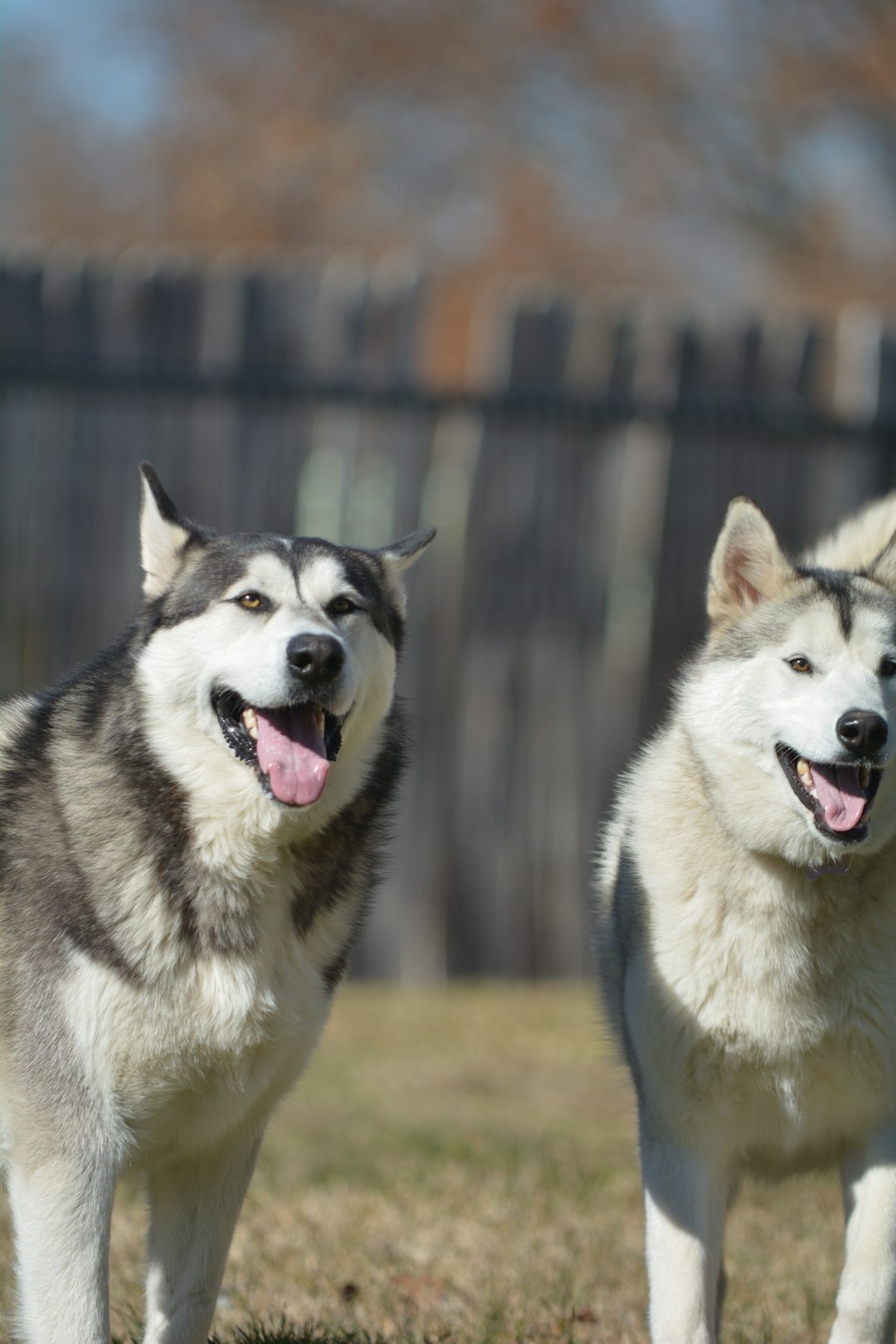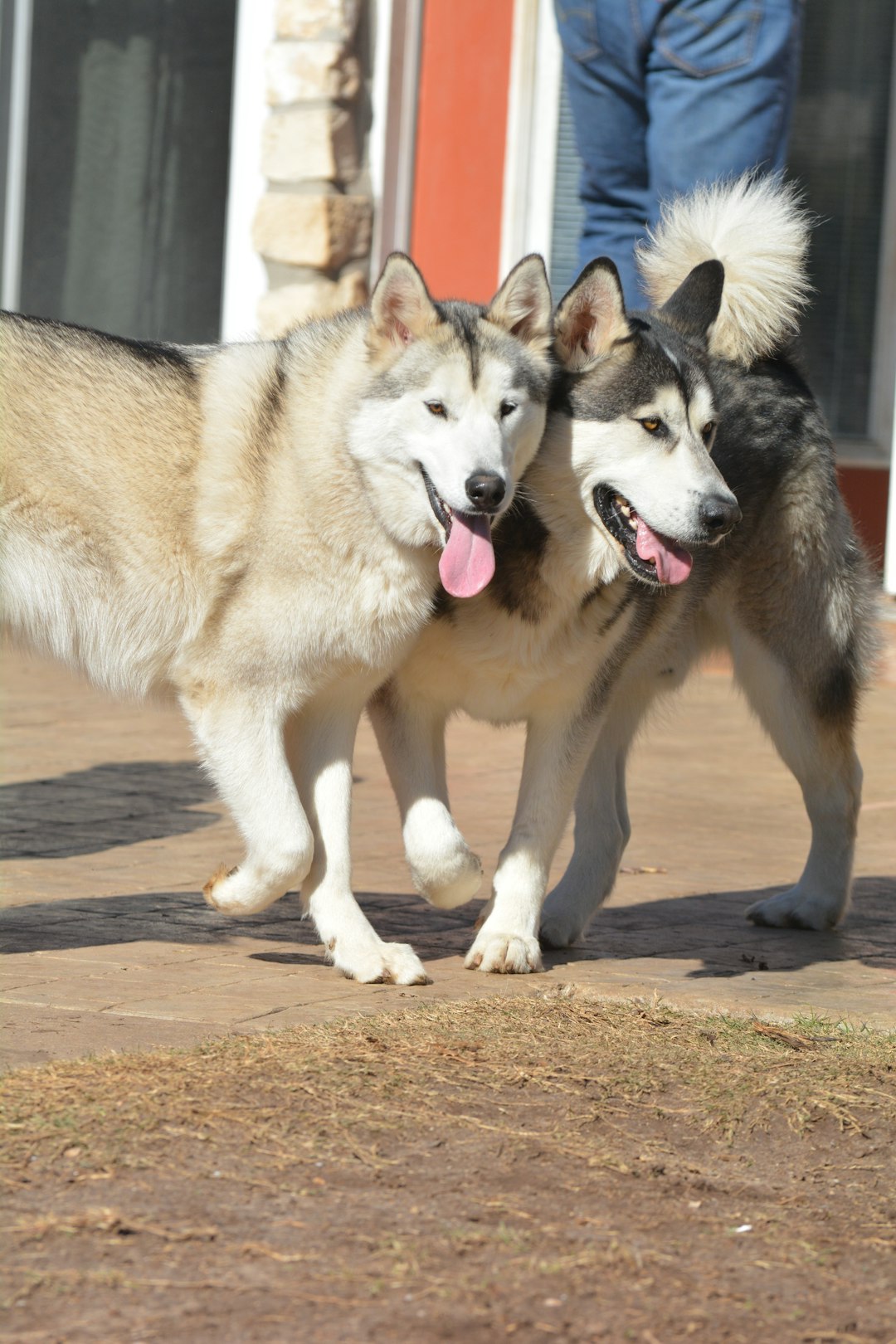When your furry friend starts to resemble a gagging seal, your heart races faster than a squirrel on espresso! Choking is no joke, and that’s why understanding the crucial steps of the Dog Heimlich can turn panic into action, maybe even save the day! Whether your pup has unhinged their jaw around something hazardous or is displaying signs of distress, knowing how to respond makes you a superhero in their eyes—cape optional. So, grab your invisible cape and let’s dive into the essential tips for keeping your canine companion safe!
Understanding Dog Choking Hazards
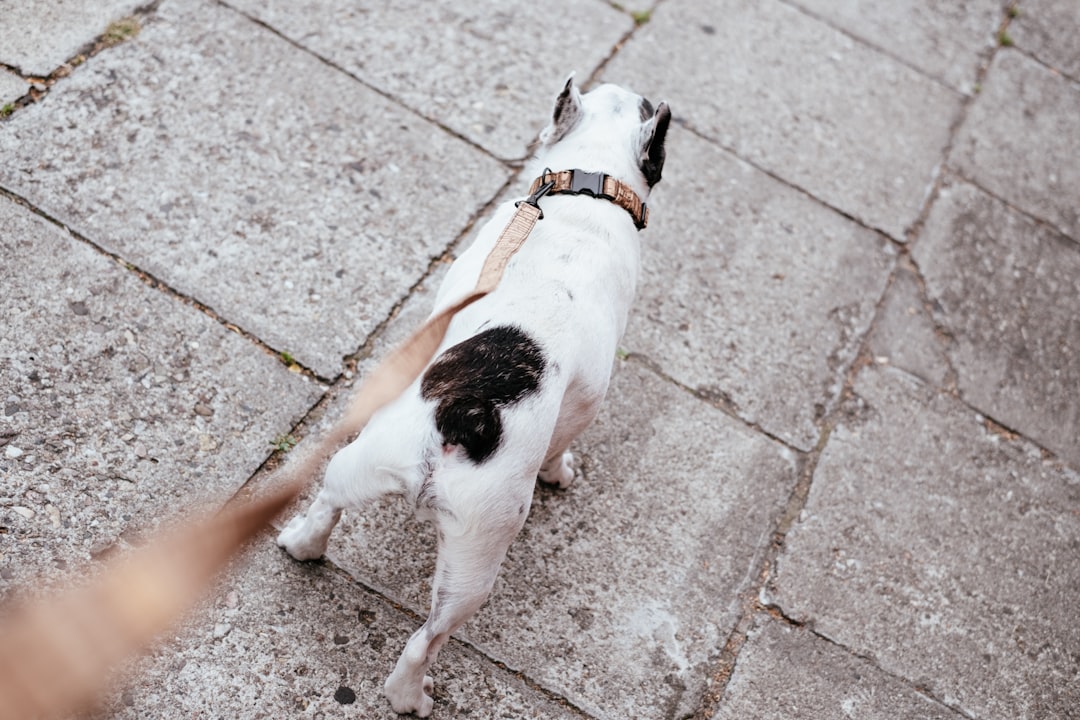
Choking hazards for dogs are as sneaky as a squirrel in your backyard—well, almost! While we might worry about dogs munching on human snacks, there are specific doggy dangers lurking around. Here’s what to watch out for:
- Toys: Small or broken toys can become choking monsters. Keep an eye on that squeaky duck; it might turn into a potential villain!
- Food: Bones, chunks of raw meat, or anything that resembles a small basketball can easily block your pup’s windpipe. Dogs are not known for their finesse when it comes to chewing!
- Household items: Think old socks, loose change, or those pesky hair ties. Your dog might be a doggy hoarder!
So, remember, knowing these hazards helps you become a canine superhero! And if your furry friend does start choking, it’s time to unleash your inner Dog Heimlich expert and save the day! Just keep a cool head and review those signals—your pooch will thank you with a slobbery kiss and that very special tail wag!
Recognizing the Signs of Choking in Dogs
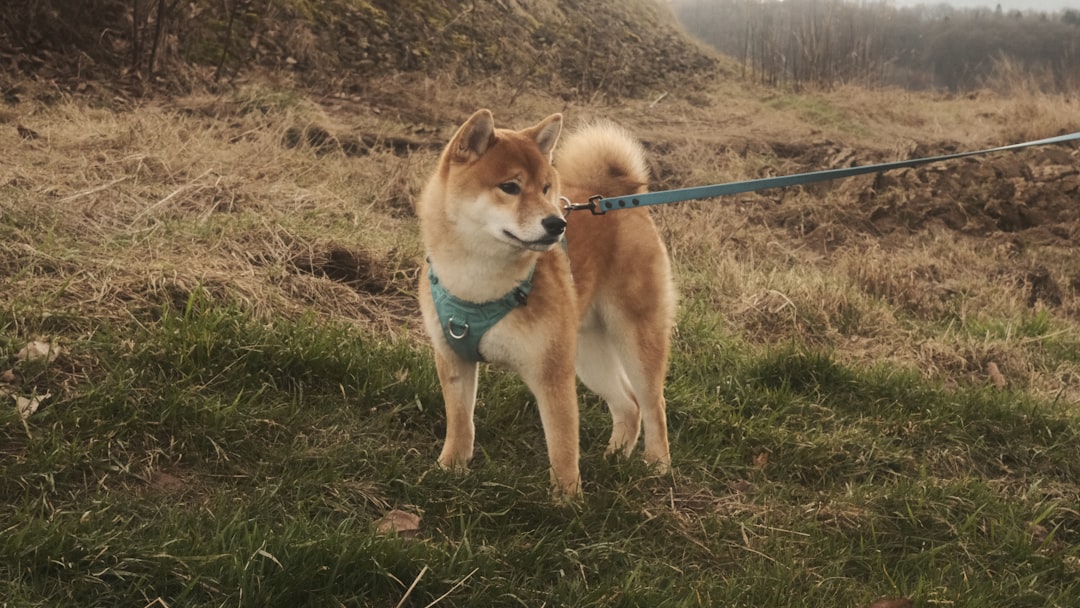
Ah, the joy of being a dog owner! Nothing quite compares to the tail wags and slobbery kisses, but wait! What happens when that adorable fluff-ball decides to channel their inner vacuum cleaner? Yup, choking can rear its ugly head faster than you can say “Dog Heimlich!” Here’s how to spot the signs:
- Gagging or coughing: If your pup sounds like they’re auditioning for a horror movie, it’s time to investigate.
- Pawing at their mouth: They’re not trying to win a gold medal in gymnastics; they’re likely trying to dislodge something.
- Excessive drooling: Those puddles aren’t just from excitement—watch out!
- Unusual breathing sounds: If your dog sounds like they’re channeling Darth Vader, it could mean trouble.
- Blue-tinged tongue or gums: If their tongue looks like a smurf, seek help immediately, as this points to serious distress.
Once you recognize these symptoms, it’s time to spring into action and consider the Dog Heimlich. After all, you can’t put a price on those puppy cuddles! Keep a keen eye on your furry friend and be ready to swoop in like the superhero you are! 🦸♂️🐶
Preparing to Perform the Heimlich Maneuver
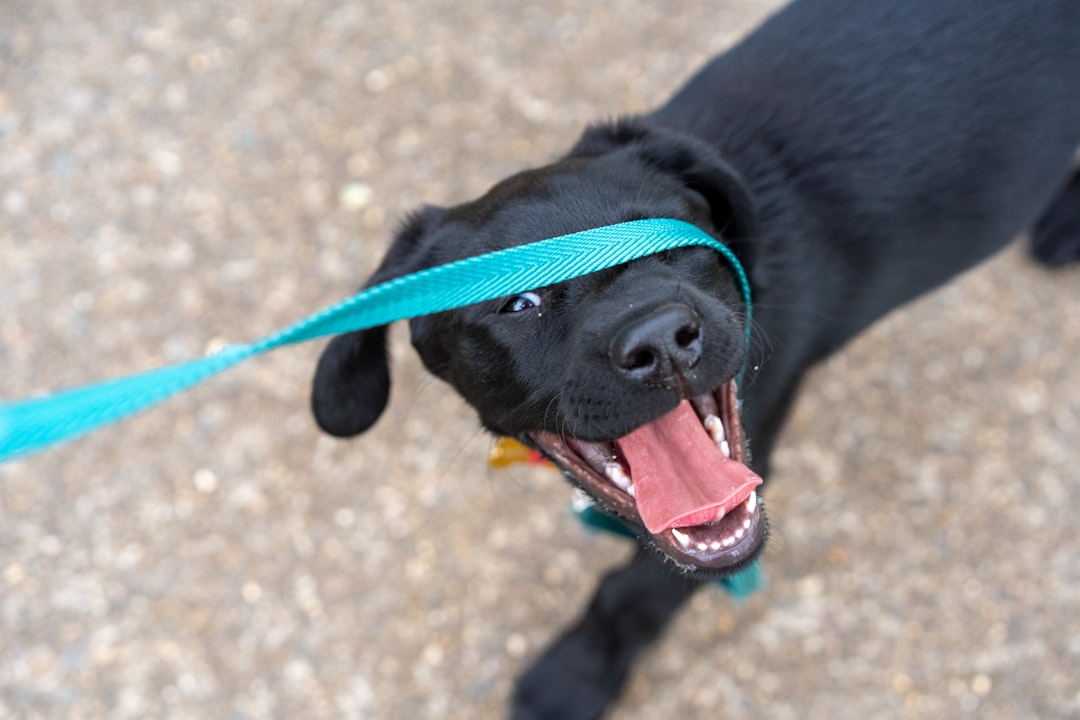
Before you launch into the heroic act of the Dog Heimlich, pause for a moment—better safe than sorry, right? You must prepare yourself and your canine companion for this heart-pounding rescue mission. Here’s how:
- Stay Calm: Dogs can sense your vibes. If you’re flailing around like a chicken on caffeine, they’ll panic! Take a deep breath and channel your inner Zen master.
- Assess the Situation: Is your furry friend truly choking or just practicing their dramatic flair? If they’re pawing at their mouth and making bizarre sounds, it’s likely a choking emergency.
- Get in Position: Towers of babbling might block your view, so gently position your dog on their side (and perhaps in a safe, non-slippery area).
- Gather Your Supplies: Paper towels might not be the life-saving tool you need, but a calm attitude and quick reflexes definitely are.
- Communicate Clearly: If there’s anyone around, share your plan. You’re about to become the superhero of the day with just the Dog Heimlich!
Remember, preparation could mean the difference between a doggy disaster and a tail-wagging triumph. 🐕✨
Step-by-Step Guide to the Dog Heimlich
Alright, folks! When your pooch turns into a dramatic choking artist, it’s time to step in. Here’s how to become the doggy hero of the day using the Dog Heimlich method. Grab your imaginary cape, and let’s dive into action!
Steps to Perform the Dog Heimlich:
- Stay Calm: Your dog can sense your anxiety. Take a deep breath—remember, you’re the superhero here!
- Positioning:
- If your dog is small, hold it belly-up against your body.
- For larger dogs, stand behind, wrap your arms around its belly.
- The Maneuver:
- For Small Dogs: Position your hands just below the rib cage and give a quick thrust inward and slightly upward—think “squeeze a balloon”!
- For Large Dogs: Make a fist with one hand, place it just below the rib cage, and thrust in and up!
- Check and Repeat: If it doesn’t work, try again! Remember—the Dog Heimlich is all about precision, not power!
- Celebrate: Once your dog’s choking is resolved, lavish it with praise (and maybe a treat—though no choking hazards, please!).
So remember, stay cool, follow these steps, and your doggo will be back to its shenanigans in no time!
When to Call for Help
Ah, the moment of truth! You’ve successfully executed the Dog Heimlich, and your furry friend has regained their composure (phew!). But wait, don’t put away the emergency snacks just yet! Here’s when you should dial that vet and ask for backup:
- Behavior Changes: Is Mr. Fluffy acting like a caffeinated squirrel, or is he suddenly lethargic? Changes in behavior can signal more trouble.
- Persistent Coughing or Gagging: If your pup continues to cough or gag, it’s like a puppy alarm that something is still stuck.
- Difficulty Breathing: If your dog is wheezing, panting like a marathon runner, or struggling to breathe, it’s time to hit speed dial.
- Pawing at the Mouth: If your furball keeps trying to become a canine origami expert by pawing at their mouth, something’s definitely up.
- Loss of Consciousness: If your dog goes limp, you might want to become a vet’s favorite caller immediately!
Remember, while the Dog Heimlich can indeed be a lifesaver, it’s always better to get a professional’s opinion. After all, an ounce of prevention is worth a pound of dog treats! 🐾
Preventing Future Choking Incidents
Well, we’ve all been there. You thought your pup was playing fetch, but really, they were auditioning for “America’s Got Choking Hazards.” Fear not! Preventing future choking incidents is easier than teaching your dog to roll over—no treats required! Here’s how to keep your furry friend safe and sound:
- Choose Chew Toys Wisely: Opt for durable toys that won’t break into tiny choking hazards. Remember, if it’s smaller than your dog’s mouth, it’s a potential foe in the choking battle.
- Monitor Mealtime: Dogs tend to wolf down food faster than I can empty a pizza box. Use slow feeders or puzzle bowls to keep mealtime safe and fun.
- Avoid Small Edibles: Keep an eye on treats and food that can easily become obstructions. Grapes, chocolate, and chicken bones, we’re looking at you!
- Regular Vet Check-Ups: Sometimes, professional dog whisperers can work wonders. Regular check-ups can highlight any throat issues that may lead to choking.
By following these tips, you’ll not only embrace your superhero status, but you’ll also help prevent situations that require the Dog Heimlich maneuver. Now, that’s a win-win for your four-legged pal!
Preventing Future Choking Incidents
No one likes a choking scare, especially when your pup can’t resist gobbling up snacks faster than you can say “Dog Heimlich.” So, let’s explore how to keep your furry friend from turning dinner time into drama. Here are some handy tips to save your dog from an unexpected snack emergency:
- Choose the Right Chews: Opt for large, durable dog toys that won’t turn into tiny choking hazards. Think “too big to chew” rather than “munchable morsels.”
- Supervision is Key: Keep an eye on your dog while they chow down. You wouldn’t want that sneaky little rascal scarfing down a toy when you’re not looking!
- Train ‘Leave It’ Commands: Teach your dog to ignore potentially hazardous items. It’s like giving them a golden ticket to safety (and fewer grey hairs for you).
- Regular Vet Check-ups: Make it a habit! Vets can spot any health issues before they escalate. Think of it as your dog’s regular maintenance to prevent the need for a Dog Heimlich demonstration.
By following these simple steps, you can dodge future choking incidents like a pro! Keep those tails wagging and snack times safe!
Resources for Dog Owners on Canine Safety
As a dog owner, you simply want the best for your furry companion—which includes knowing what to do in case of emergencies. Luckily, there are plenty of resources to keep you informed and ready for the unexpected (like watching your dog tackle a whole pizza faster than a raccoon in a dumpster). Here’s a list of helpful tools to help you ace canine safety:
- Books:
- The Dog Owner’s Home Veterinary Handbook: A must-read for all wannabe vet techs.
- Dog CPR & First Aid: Because, let’s face it, some of us need all the help we can get!
- Online Courses:
- Red Cross Pet First Aid: Learn lifesaving techniques—because, spoiler alert, the Dog Heimlich doesn’t involve wizardry!
- PetCPR: Get trained in CPR and choking rescue techniques.
- Local Classes:
- Check with your vet or local animal shelters—they often offer workshops on topics like the Dog Heimlich and other nifty dog-saving skills.
Remember, knowledge is power (and it might keep that wonky-shaped chew toy from becoming a choking hazard). Prepare yourself, and your pup will thank you (or perhaps reward you with slobbery kisses)!
Frequently Asked Questions
What is the Heimlich maneuver and why should I know it for my dog?
Ah, the Heimlich maneuver, the superhero of choking rescues! While it might sound like a fancy German dish, it’s really a life-saving technique to dislodge food (or the world’s smallest tennis ball) from your furry friend’s throat. Knowing this could mean the difference between your pup returning to fetch another stick or doing the infamous gagging dance. So, arm yourself with knowledge – because saving your dog’s life is the ultimate doggy disco party!
How do I know if my dog is choking?
Oh boy, your dog is choking, and not in a dramatic soap opera way! Look for the tell-tale signs: frantic pawing at the mouth, a serious case of the gagging sounds, or that panicked look in their eyes like they just heard the vet say ‘bath time.’ If your pup is acting like he just saw a squirrel he can’t catch, it’s time for action! Quick, channel your inner superhero and prepare for the Heimlich!
Can I perform the Heimlich on my dog if they’re small?
Absolutely, but you might want to channel your inner gentle giant! Small dogs can still do a great impersonation of a choking big shot, and they need you more than ever. For those pocket-sized pooches, rescue them by holding them side down, then use your hand to press up just behind the rib cage, kind of like giving them a hearty belly rub – but with a sense of urgency! Remember, even superheroes need finesse!
What should I do after my dog is okay?
After the dramatic rescue, take a deep breath and celebrate with puppy snuggles! Then, it’s time to schedule a vet visit faster than you can say ‘assurance plan’—even if they seem fine, internal damage could be lurking. Quick vet checks are like booking your dog a spa day, but without the cucumber slices on their eyes. Remember, no cakes and treats until they get the vet’s thumbs up – no need to tempt fate post-rescue!


